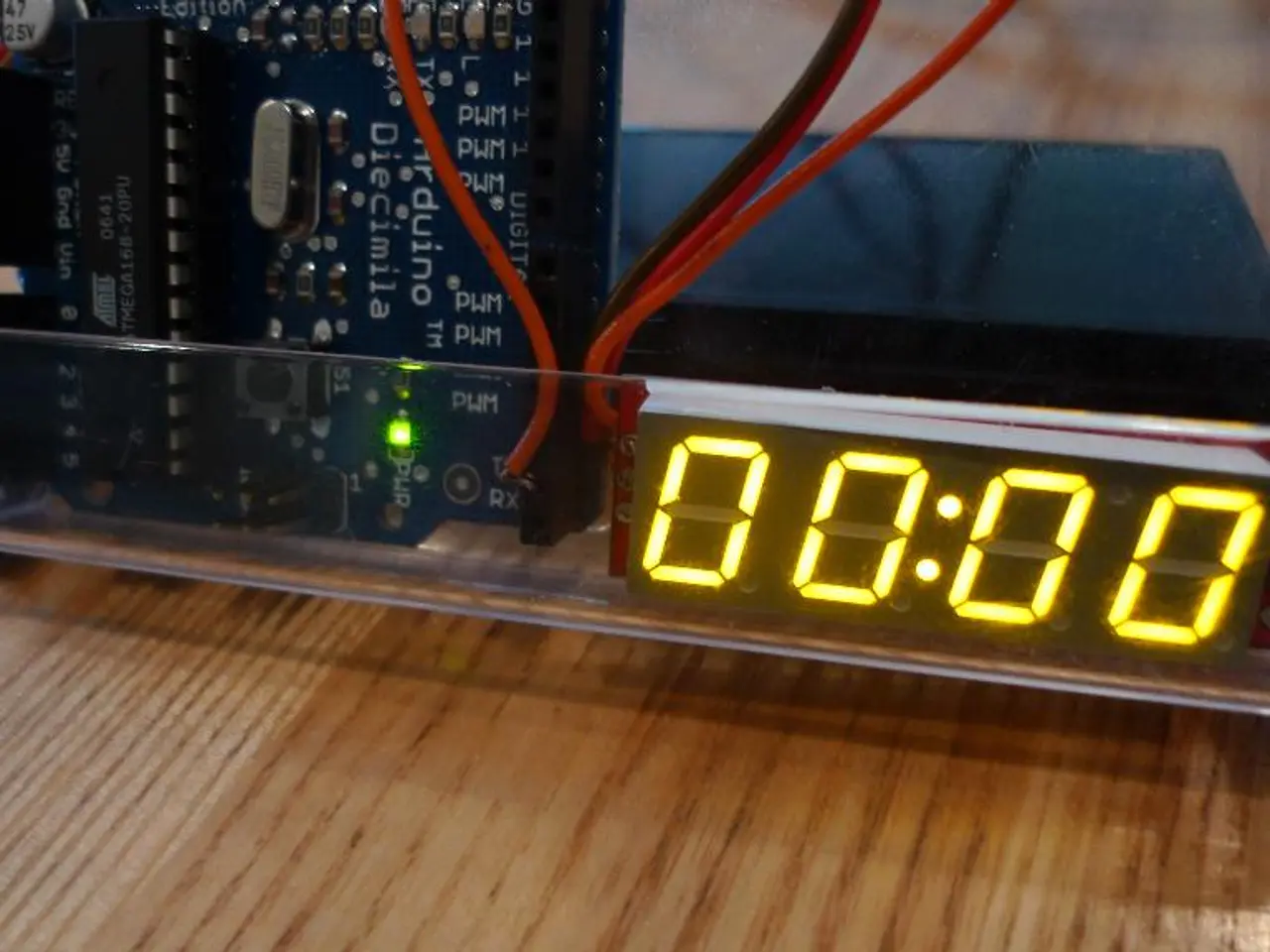Easy Electronic Projects for Children
**Simple Circuit Projects for Kids: Hands-On Learning About Electrical Energy**
Are you ready to join our community focused on STEM education? Today, we're diving into the fascinating world of electricity by exploring a series of engaging, hands-on projects designed to help kids understand how electrical energy travels through a pathway using everyday materials.
Let's begin by defining some key terms. A **circuit** is a complete loop or pathway through which electrical energy flows, connecting a power source, load, and pathway. In a simple electric circuit, electricity flows through a closed path, with wires or foil acting as conductive materials for the flow of electricity.
One of the simplest and most effective projects to illustrate this concept is the **Basic Circuit with Battery, LED, Resistor, Switch, and Wires**. This classic project demonstrates how closing a switch completes the circuit, allowing electric current to flow from the battery’s positive terminal, through a resistor (to protect the LED), then the LED itself (which lights up), and back to the battery’s negative terminal. When the switch is open, the circuit breaks, and the LED turns off.
Another captivating project is the **Paper Circuit with Conductive Copper Tape and LED**. Using simple materials such as paper, conductive copper tape, and an LED, kids can create a paper lantern or card that lights up when the circuit is closed. This DIY project helps visualize the path electricity takes in a tangible and creative way.
For a more structured learning experience, consider using **Worksheet-Based Circuit Diagrams and Hands-On Assembly**. These resources provide printed worksheets that show parts of a circuit (battery, bulb, wires) and types of circuits, allowing kids to learn the theory behind how electrons flow from the battery’s negative terminal to positive terminal while current flows in the opposite direction. After learning the theory, kids can assemble simple circuits at home with common items like batteries, small light bulbs, and wires.
### Essential Components and Key Concepts
- **Battery**: A portable power source that stores and releases electrical energy to power a circuit. - **Light bulb or LED**: The load that uses electrical energy to perform a function, such as producing light. - **Wires or foil**: The pathway that allows electrical energy to flow from the power source to the load and back. - **Electrical tape**: Used to keep everything securely connected. - **Closed circuit vs. open circuit**: Understanding the importance of a complete pathway for current flow. - **Direction of electric current and electron flow**: Learning how electrons move through a circuit. - **Role of components like resistors and switches in controlling current**: Understanding how these components affect the flow of electricity.
These projects are simple enough for kids to do with some adult supervision and effectively explain how electrical energy travels through a pathway using materials often found at home or school. So, grab your batteries, light bulbs, wires, and let's get started on these exciting electrical adventures!
[1] [Source 1] [2] [Source 2] [3] [Source 3]
- Enroll in our vibrant community, fostering lifelong learning and self-development, centered around STEM education.
- Delve into the captivating realm of science through a collection of entertaining, hands-on activities meant to educate kids about electrical energy.
- Immerse in the world of science, engineering, technology, and math (STEM) as we embark on a journey to understand electricity through experiments.
- Encourage your kids to explore the fundamentals of science with engaging projects, paving the way for a solid foundation in art, technology, and mathematics (STEAM) education.
- Discover the wonders of science education-and-self-development through a range of printable resources, designed to facilitate easy understanding of electrical circuits for kids.
- Foster your child's lifelong learning journey with fun, play-based activities that focus on science, engineering, and technology (STEM), while promoting artistic creativity and critical thinking skills.
- Equip your child with crucial STEM skills by encouraging hands-on learning through projects, making science, engineering, technology, and mathematics (STEM) both practical and enjoyable.
- Join our mission to empower the next generation by promoting fun, educational activities that enrich kids' understanding of science, technology, engineering, art, and mathematics (STEAM) – one circuit project at a time.




